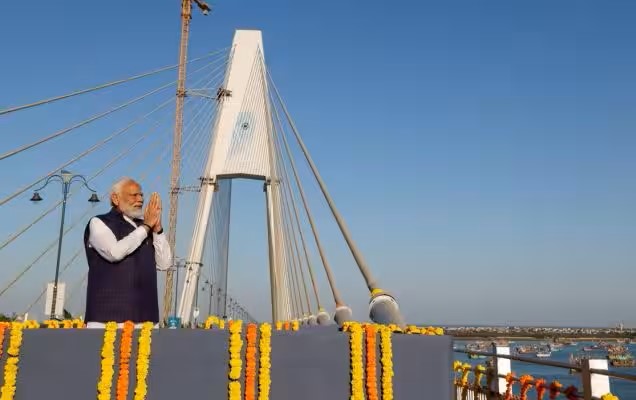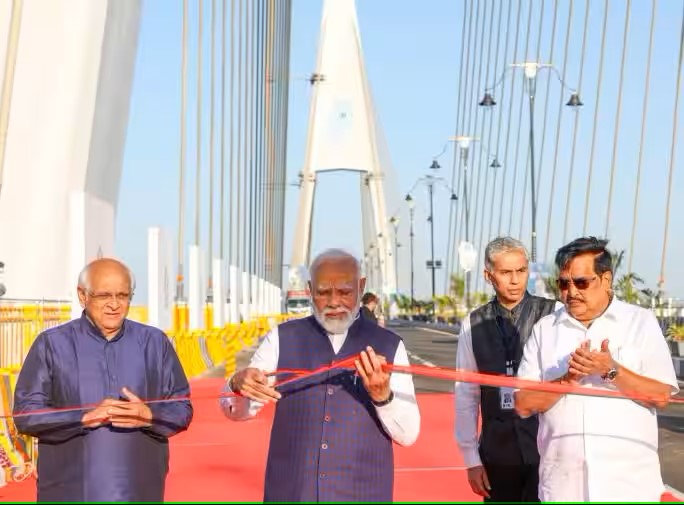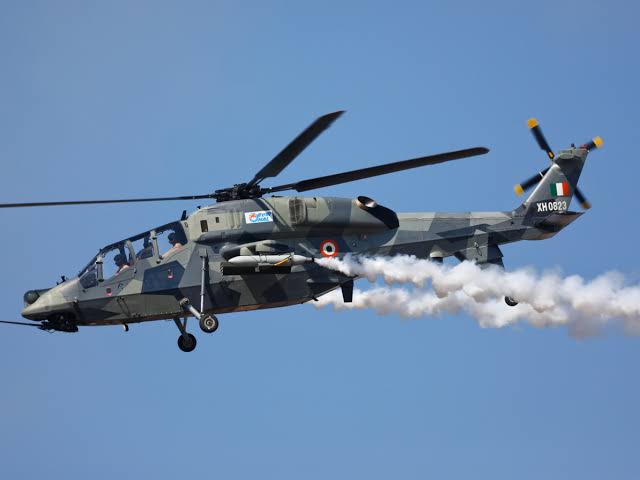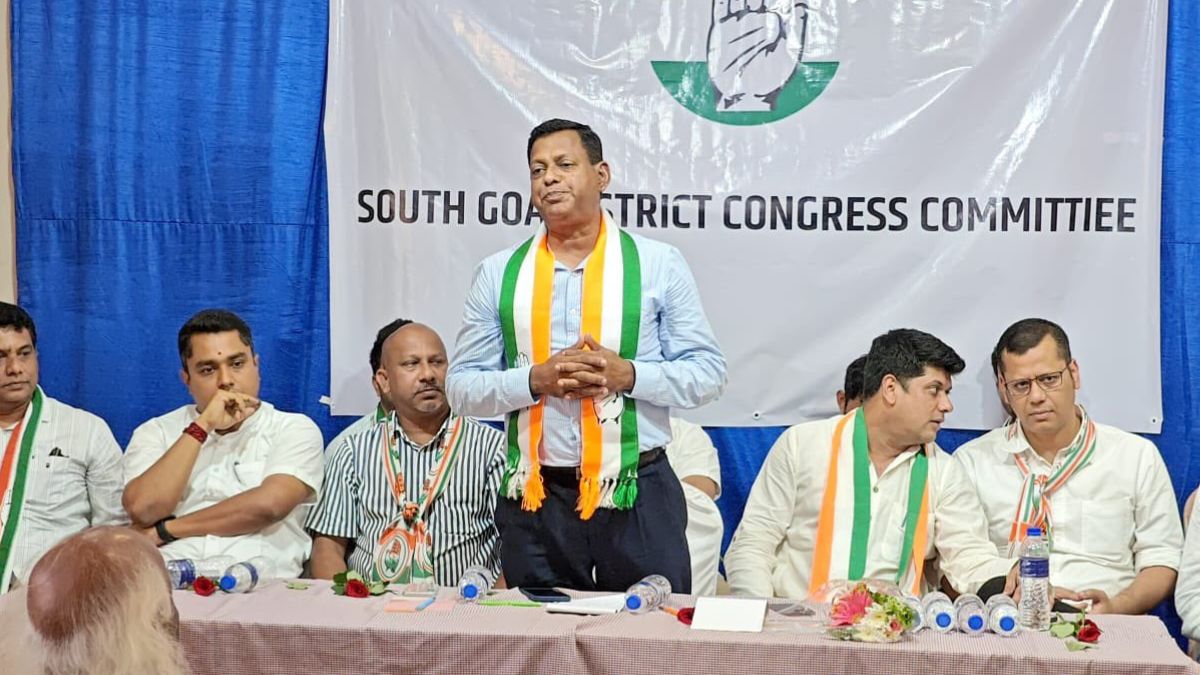Prime Minister Narendra Modi’s recent inauguration of the Sudarshan Setu in Gujarat resonated far beyond the ceremonial ribbon-cutting. This majestic cable-stayed bridge, spanning 2.32 kilometres and constructed for Rs. 980 crores, not only claims the title of India’s longest, but also embodies a confluence of history, faith, and progress, casting a long shadow over the landscape of Devbhumi Dwarka.
 More than just a marvel of engineering, the Sudarshan Setu bridges a physical and spiritual gap. It connects the mainland of Okha to the sacred island of Beyt Dwarka, a locale steeped in the legend of Lord Krishna. For years, pilgrims embarking on a spiritual journey to Beyt Dwarka faced the uncertainties of weather and delays on ferries. Now, the Sudarshan Setu creates a seamless and swift connection, reducing travel time by a significant margin, and ensuring a smooth pilgrimage experience.
More than just a marvel of engineering, the Sudarshan Setu bridges a physical and spiritual gap. It connects the mainland of Okha to the sacred island of Beyt Dwarka, a locale steeped in the legend of Lord Krishna. For years, pilgrims embarking on a spiritual journey to Beyt Dwarka faced the uncertainties of weather and delays on ferries. Now, the Sudarshan Setu creates a seamless and swift connection, reducing travel time by a significant margin, and ensuring a smooth pilgrimage experience.
But the bridge’s significance transcends mere functionality. Its design is a tapestry woven with faith and cultural sensitivity. The pedestrian walkway, adorned with verses from the Bhagavad Gita and images of Lord Krishna, offers travellers a serene and spiritually enriching experience. This fusion of infrastructure and faith reflects a deep understanding of the cultural significance attached to this project, resonating with the hearts and minds of devotees.
 Furthermore, the Sudarshan Setu embodies a commitment to sustainability. Solar panels lining the upper portion of the walkway generate clean and renewable energy, powering the bridge’s operations and setting a commendable example for future infrastructure projects. This focus on sustainability demonstrates a forward-thinking approach, ensuring the bridge serves as a beacon of progress in terms of connectivity and environmental consciousness.
Furthermore, the Sudarshan Setu embodies a commitment to sustainability. Solar panels lining the upper portion of the walkway generate clean and renewable energy, powering the bridge’s operations and setting a commendable example for future infrastructure projects. This focus on sustainability demonstrates a forward-thinking approach, ensuring the bridge serves as a beacon of progress in terms of connectivity and environmental consciousness.
Beyond its immediate impact on pilgrims and tourists, the Sudarshan Setu opens doors to a multitude of possibilities. It has the potential to catalyze economic growth in the region, facilitating easier movement of goods and people. Additionally, it can act as a magnet for tourism, attracting visitors eager to experience the bridge’s grandeur and the cultural riches of Beyt Dwarka. This potential economic and tourism boom promises to uplift the local communities, creating new opportunities and bolstering the regional economy.
The inauguration ceremony, graced by dignitaries like the Governor and Chief Minister of Gujarat, highlighted the collaborative effort that brought this vision to life. It serves as a reminder that significant achievements are often the result of collective dedication and shared goals. The combined efforts of various stakeholders, from engineers and construction workers to local communities and government officials, culminated in the realization of this ambitious project, showcasing the power of collaboration in achieving seemingly insurmountable goals.




